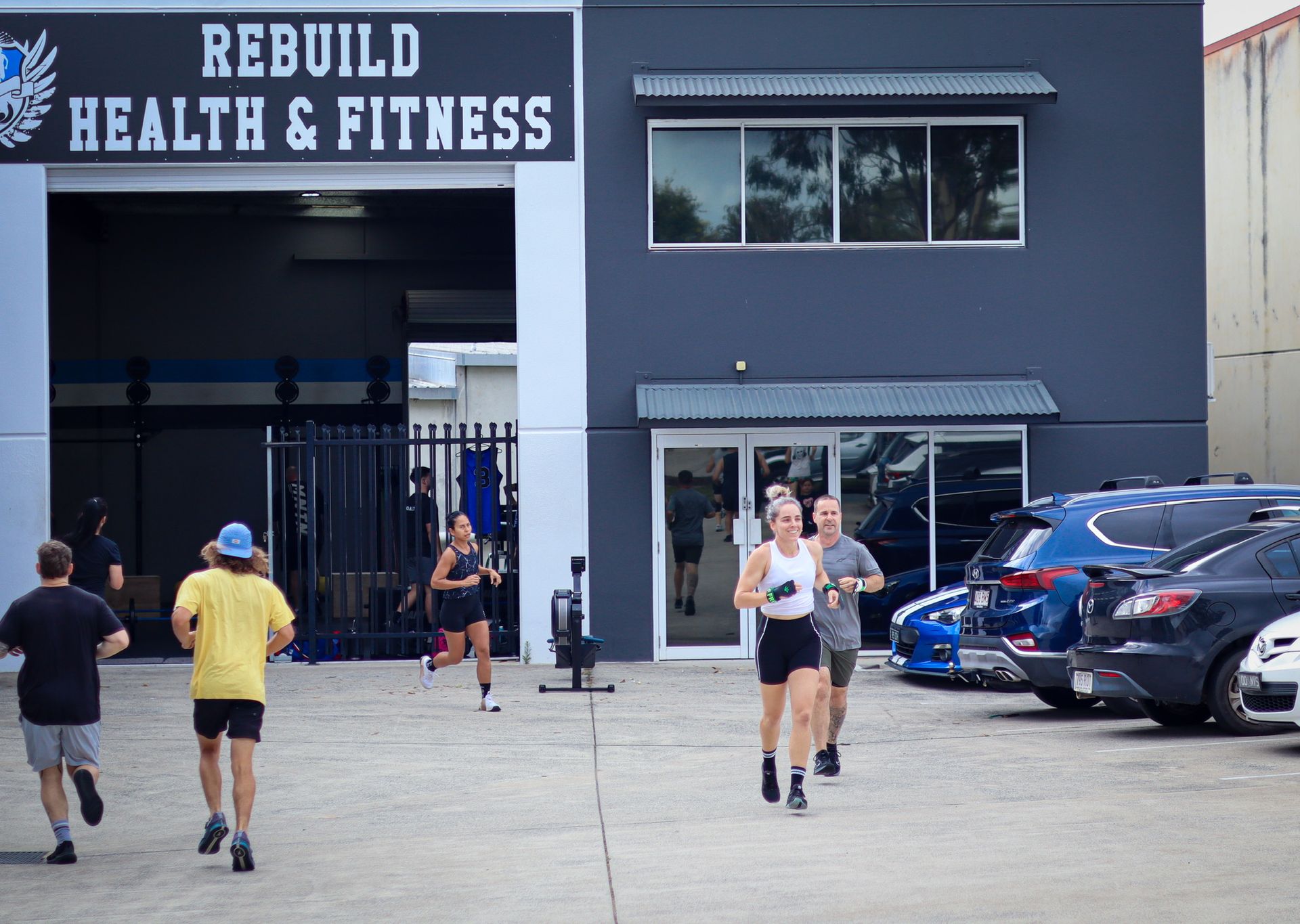How To Reduce DOMS (Delayed Onset Muscle Soreness)
Imagine this: You've just had an intense workout session, and as you wake up the next day, your muscles ache with a vengeance. This sensation is none other than Delayed Onset Muscle Soreness (DOMS), a phenomenon that many athletes and fitness enthusiasts are familiar with. But what exactly is DOMS, how does it occur, and how can you alleviate it while discerning its sensation from its physiological effects? Let's delve into the science behind DOMS and explore effective strategies for relief.The Science Behind DOMS:??DOMS is characterised by muscular pain, stiffness, and tenderness that emerges hours to days after engaging in unaccustomed or high-intensity exercise. While the exact mechanism isn't fully understood, researchers believe it's a multifaceted process involving microscopic muscle damage, inflammation, and a complex interplay of cellular responses.??Intense eccentric (lengthening) contractions during exercise are often a culprit behind DOMS. This type of muscle contraction leads to microscopic damage in muscle fibres, resulting in inflammation and the release of inflammatory markers like prostaglandins. These inflammatory responses contribute to the soreness experienced.?Moreover, DOMS can be associated with small disruptions in the connective tissue surrounding muscle fibres. These disruptions trigger pain receptors, intensifying the perception of soreness. However, this damage isn't necessarily harmful; it's a natural part of the muscle remodelling process that ultimately leads to adaptation and muscle growth.??Distinguishing Sensation from Physiology:??Understanding DOMS involves differentiating between the sensation of soreness and the physiological effects at play. The soreness felt is often described as a dull, aching pain that peaks within 24 to 48 hours post-exercise and gradually diminishes. This pain is typically localised to the exercised muscles and can make movement uncomfortable.??On the physiological side, the microscopic muscle damage and inflammation trigger adaptive responses. Muscle fibres repair and remodel, becoming stronger in the process. The soreness serves as a reminder that the body is adapting to the stress it experienced during exercise.??Alleviating DOMS Through Sports Science:??While complete prevention of DOMS is challenging, several strategies rooted in sports science can help alleviate its intensity and duration:??Active Recovery: Engage in light, low-intensity exercise to enhance blood flow, which can aid in the removal of waste products and promote healing.??Foam Rolling and Massage: These techniques can help reduce muscle tension, enhance blood circulation, and alleviate discomfort.??Hydration and Nutrition: Staying well-hydrated and consuming nutrient-rich foods, especially those containing antioxidants and anti-inflammatory properties, can support the body's recovery processes.??Contrast Baths: Alternating between hot and cold water immersion can enhance circulation and mitigate inflammation.??Stretching: Gentle stretching may help alleviate muscle tightness and improve flexibility, although it should be approached cautiously.??Over-the-Counter Pain Relievers: Non-steroidal anti-inflammatory drugs (NSAIDs) can provide temporary relief, but they should be used sparingly and under medical guidance.??Progressive Training: Gradually increasing exercise intensity and volume allows the body to adapt more effectively, minimising the severity of DOMS.??Quality Sleep: Adequate sleep supports the body's healing and recovery processes.?? DOMS is a testament to the body's ability to adapt and become stronger. While its soreness might be uncomfortable, it's important to embrace it as a sign of progress. By understanding the scientific underpinnings of DOMS and employing evidence-based strategies, you can navigate this post-exercise discomfort more effectively while reaping the rewards of your hard work in the gym.??In your journey toward optimal fitness, knowledge truly is power. As we at Rebuild Health and Fitness emphasise, informed decisions empower athletes to achieve their goals while respecting the body's responses. Stay committed, stay informed, and remember that DOMS is a temporary reminder of your dedication to becoming the best version of yourself.
Previous Blogs


